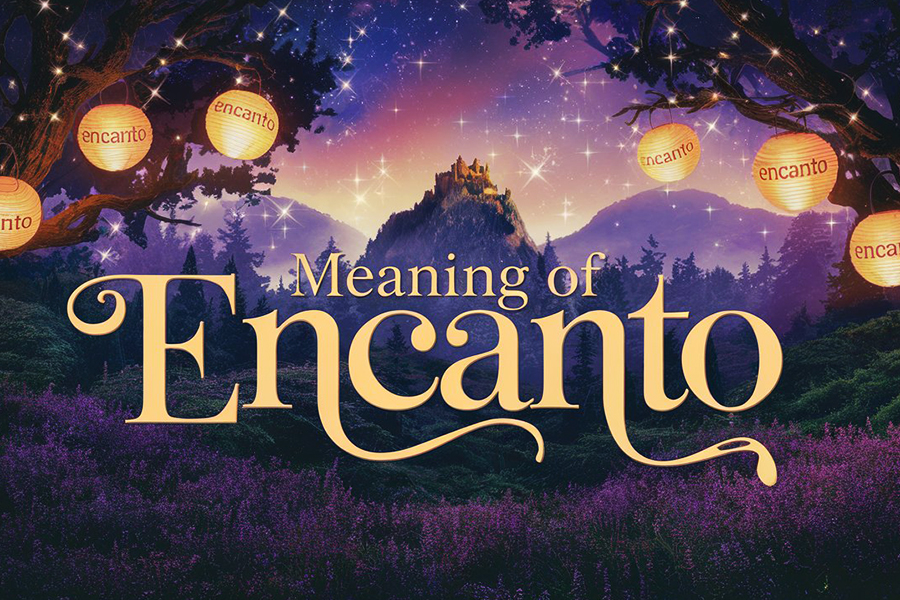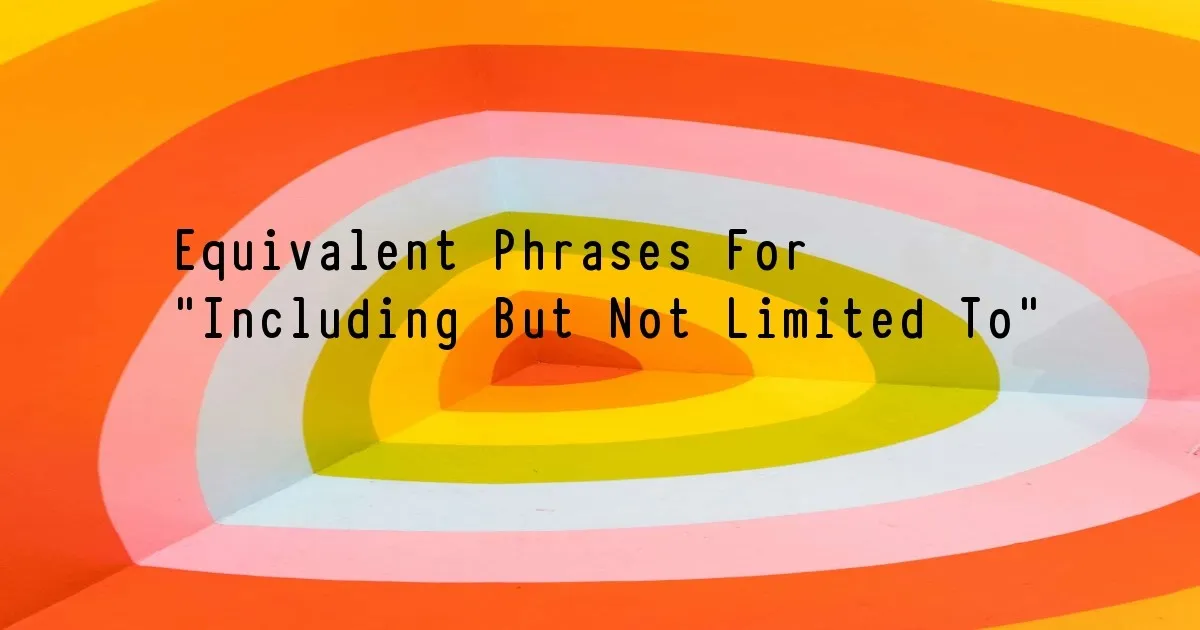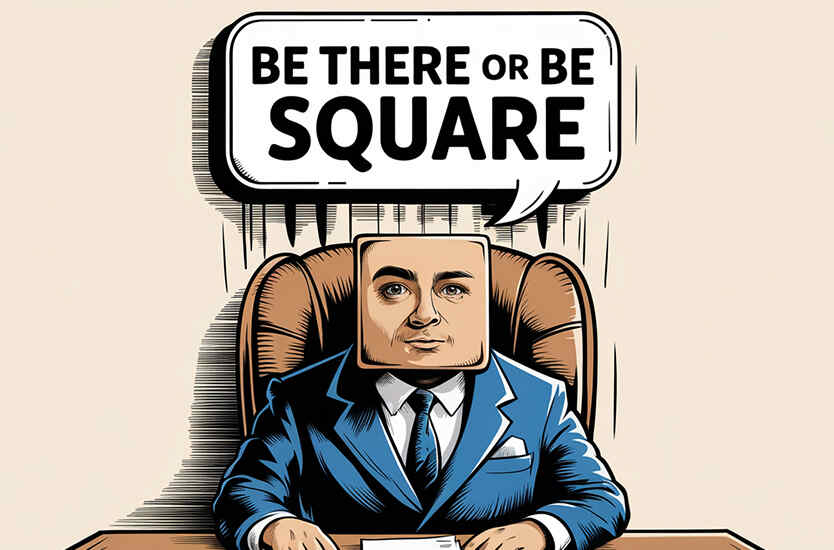Essential Music Teaching Materials for Every Classroom: A Comprehensive Guide
In the world of music education, having the right teaching materials can significantly enhance the learning experience for students and streamline the teaching process for educators. From interactive tools to traditional resources, the variety of music teaching materials available today caters to diverse learning styles and educational goals. This blog explores essential music teaching materials that every music educator should consider integrating into their classroom, ensuring a comprehensive and engaging educational experience.
- Instruments and Accessories: Hands-On Learning
A well-equipped classroom with a variety of instruments is fundamental to music education. Depending on the focus of your curriculum, these instruments may include:
Keyboard/Piano: Essential for teaching melody, harmony, and basic music theory. Keyboards are versatile and suitable for group lessons.
Percussion Instruments: Instruments like tambourines, maracas, and drums are excellent for teaching rhythm and timing. They are particularly engaging for younger students.
String and Wind Instruments: Depending on your program, including guitars, violins, flutes, or recorders can offer students a broader musical perspective.
Accessories such as music stands, tuners, and metronomes are also crucial for daily practice and performance readiness.
- Sheet Music and Scores: Building Repertoire
Sheet music and scores are central to any music education program, providing the material students need to learn new pieces and understand different musical styles. Ensure a diverse library that includes:
Classical Repertoire: Works by composers like Bach, Mozart, and Beethoven offer foundational pieces for students.
Contemporary Music: Include popular genres to keep students engaged and help them relate to their studies.
Ensemble Music: Pieces arranged for groups encourage collaboration and improve ensemble skills.
Consider using digital sheet music platforms that offer accessibility and the ability to project scores for group learning.
- Music Theory Books and Workbooks: Understanding the Fundamentals
Music theory is the backbone of a well-rounded music education. Providing students with music theory books and workbooks helps them understand the structure and elements of music. Key materials include:
Beginner Theory Books: Titles like “Alfred’s Essentials of Music Theory” offer clear, step-by-step instructions for beginners.
Advanced Theory Textbooks: For more advanced students, books like “The Complete Musician” by Steven Laitz delve deeper into analysis and composition.
Workbooks and Practice Sheets: These provide exercises in notation, rhythm, and harmony, reinforcing theoretical concepts learned in class.
- Digital Resources and Software: Modernizing Music Education
Incorporating digital resources and software can enhance the teaching and learning experience. Some valuable digital tools include:
Music Notation Software: Programs like Finale and Sibelius are excellent for composing and arranging music. They also allow for interactive learning experiences.
Ear Training Apps: Apps such as Tenuto and Perfect Ear help students develop their listening skills, crucial for music comprehension and performance.
Virtual Instruments and DAWs: Digital Audio Workstations (DAWs) like GarageBand and Ableton Live provide platforms for students to experiment with music production and composition.
- Visual Aids and Teaching Tools: Enhancing Understanding
Visual aids are essential for illustrating complex concepts in music. Consider using:
Posters and Charts: Visuals depicting the circle of fifths, key signatures, and instrument families can be valuable reference tools.
Interactive Whiteboards and Projectors: These tools enable dynamic teaching methods, such as interactive music theory games or projecting scores for group analysis.
- Books on Music History and Culture: Contextualizing Music Education
Understanding the historical and cultural context of music is vital for a comprehensive education. Include books that cover:
Music History: Books like “The Oxford History of Western Music” provide a chronological overview of music’s development.
Cultural Studies: Titles that explore the cultural significance of music in different societies broaden students’ perspectives.
- Performance and Practice Tools: Preparing for Success
Performance is a critical aspect of music education. Equip your students with the necessary tools to practice and perform confidently:
Metronomes: Essential for developing a strong sense of timing.
Recorders and Playback Devices: These tools help students review their performances and identify areas for improvement.
Conclusion: Crafting an Engaging and Effective Music Education Experience
The right music teaching materials are key to creating an engaging and effective learning environment. By carefully selecting and integrating these resources, educators can provide students with a well-rounded education that not only teaches technical skills but also fosters a deep appreciation for music. Whether you are equipping a traditional classroom or a modern digital studio, these materials will help you inspire and educate the next generation of musicians.

Recent Post
What is The Meaning of a Medusa Tattoo?
January 9, 2025
The Meaning of Encanto in Spanish and Origin
January 4, 2025
Equivalent Phrases For “Including But Not Limited To”
December 30, 2024
How To Make Weekend Greetings More Fun?
December 30, 2024
10 Modern Sayings Similar To “Be There Or Be Square”
December 30, 2024








